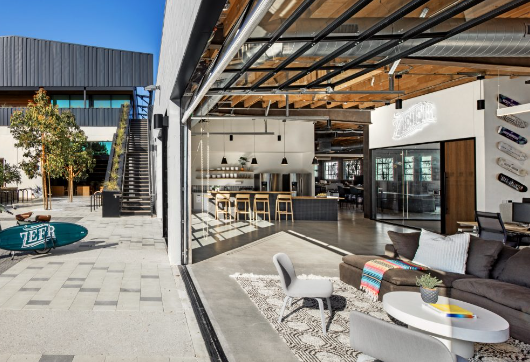Landscape Architecture Offices: The Creative Heart of Outdoor Design
In a world increasingly focused on sustainability and the importance of green spaces, landscape architecture offices play a crucial role in designing environments that enhance our quality of life. These offices combine art, science, and environmental stewardship to create outdoor spaces that are both functional and beautiful. This article explores the significance of landscape architecture offices, their key services, and their impact on communities.
Understanding Landscape Architecture
Landscape architecture is a multidisciplinary field that integrates landscape design, environmental restoration, and urban planning. The primary goal of landscape architecture offices is to create harmonious spaces that meet the needs of both people and the environment. By incorporating elements such as parks, gardens, and urban plazas, these professionals enhance not only the aesthetics of an area but also its ecological health. Their work can lead to improved air quality, biodiversity, and overall community well-being.
Key Services Offered by Landscape Architecture Offices
Landscape architecture offices provide a range of services tailored to meet the needs of various projects. These may include site planning, ecological restoration, and landscape design for residential, commercial, and public spaces. They often collaborate with architects, engineers, and environmental scientists to ensure that each project is not only visually appealing but also sustainable. Additionally, they may offer expertise in managing water resources, selecting native plant species, and implementing green infrastructure solutions, which can significantly reduce urban heat and improve stormwater management.
The Importance of Community Engagement
One of the most impactful aspects of landscape architecture is its focus on community engagement. Landscape architecture offices often involve local residents in the design process, ensuring that their needs and preferences are reflected in the final outcome. This participatory approach fosters a sense of ownership and pride among community members, leading to better-maintained and more cherished public spaces. By listening to diverse voices and incorporating various cultural elements, landscape architects can create environments that truly resonate with the people who use them.
Conclusion: Explore the Landscape Architecture Profession
As urban environments continue to evolve, the role of landscape architecture offices becomes increasingly vital. Their ability to blend design, sustainability, and community engagement creates spaces that enrich our lives and protect our planet. If you’re interested in learning more about this exciting field or considering how landscape architecture can enhance your project or community, take the next step—explore resources, connect with local firms, or attend workshops. The world of landscape architecture awaits your curiosity!

